Home>Gardening & Outdoor>Pool & Spa Care>Why Is The Bottom Of My Hot Tub Slimy
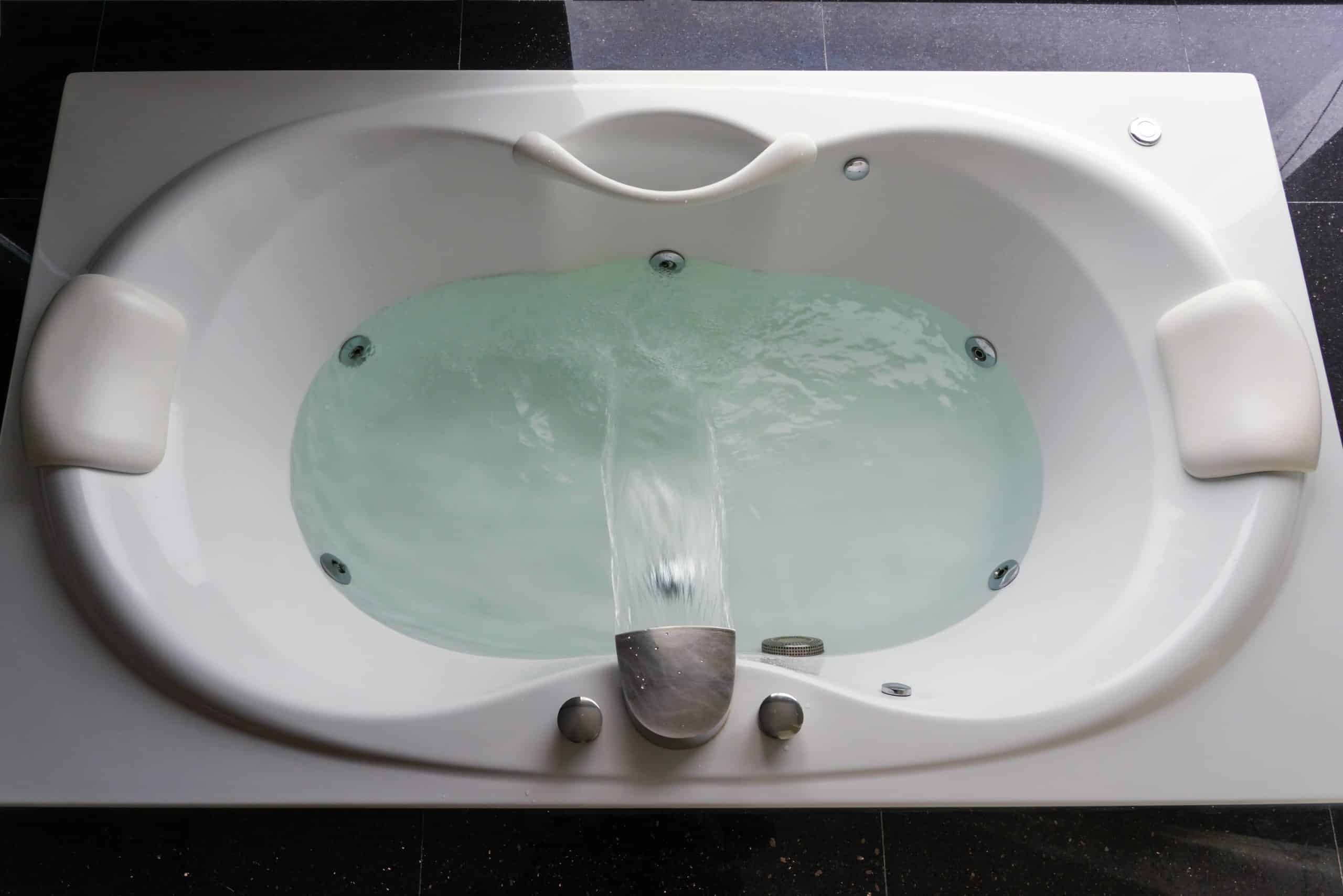

Pool & Spa Care
Why Is The Bottom Of My Hot Tub Slimy
Modified: February 25, 2024
Learn how to prevent and remove slimy buildup in your hot tub with expert pool and spa care tips. Keep your hot tub clean and safe.
(Many of the links in this article redirect to a specific reviewed product. Your purchase of these products through affiliate links helps to generate commission for Storables.com, at no extra cost. Learn more)
Introduction
Welcome to the wonderful world of hot tubs, where relaxation and rejuvenation await. However, amidst the soothing warmth and bubbling jets, you may encounter a less-than-inviting phenomenon: a slimy bottom. Fear not, for in this article, we will delve into the mysteries of hot tub slime, exploring its causes and providing invaluable tips for prevention and treatment.
Picture this: you step into your hot tub, eager to unwind after a long day. As you settle in and let the warm water envelop you, you notice an unwelcome sensation underfoot – a slimy, slippery texture that disrupts the serenity of your soak. This slimy residue, often found at the bottom of hot tubs, can be a source of frustration for many owners.
In this comprehensive guide, we will demystify the origins of hot tub slime, shedding light on the factors that contribute to its formation. Furthermore, we will equip you with the knowledge to prevent and combat this unwelcome intruder, ensuring that your hot tub remains a pristine oasis of relaxation.
So, if you’ve ever pondered, "Why is the bottom of my hot tub slimy?" or sought effective solutions to banish the slime, you’ve come to the right place. Let’s embark on a journey to uncover the secrets of hot tub maintenance and bid farewell to slimy surprises.
Key Takeaways:
- Hot tub slime is caused by bacteria and other microorganisms forming a protective matrix. It can compromise water hygiene and safety, so regular testing and proper sanitization are crucial for prevention.
- Factors like poor circulation, contaminant buildup, and imbalanced water chemistry contribute to slimy hot tub bottoms. Regular cleaning, proper sanitization, and environmental management are key for prevention and treatment.
Read more: Why Is My Hot Tub Filter Slimy
Understanding Hot Tub Slime
Before delving into the causes and solutions, it’s crucial to understand the nature of hot tub slime. This slimy substance, often green or brownish in color, can accumulate on the bottom and sides of a hot tub, detracting from its visual appeal and potentially posing health risks.
Hot tub slime is typically a result of biofilm formation, which occurs when bacteria and other microorganisms adhere to surfaces and create a protective matrix. This matrix, or biofilm, provides a hospitable environment for various microorganisms to thrive, leading to the development of slime and potential water quality issues.
Aside from its unsightly appearance, hot tub slime can compromise water hygiene and safety. The presence of biofilm and microbial growth may introduce harmful pathogens, impacting the overall cleanliness of the water and posing health hazards to hot tub users. Furthermore, the accumulation of slime can create a slippery surface, increasing the risk of slips and falls.
Understanding the composition and implications of hot tub slime underscores the importance of proactive maintenance and vigilance. By addressing the underlying causes and implementing effective preventive measures, hot tub owners can safeguard against the encroachment of slimy residues, preserving the purity and enjoyment of their aquatic retreat.
Now that we’ve shed light on the essence of hot tub slime, let’s explore the factors that contribute to its formation and delve into actionable strategies for prevention and treatment.
Causes of Slimy Bottom in Hot Tubs
The emergence of a slimy bottom in hot tubs can be attributed to various factors, each playing a distinct role in fostering the growth of biofilm and microbial slime. Understanding these underlying causes is pivotal in devising effective preventive measures and treatment strategies.
- Insufficient Sanitization: Inadequate levels of sanitizers, such as chlorine or bromine, can create an environment conducive to microbial proliferation. Without proper disinfection, bacteria and algae may thrive, leading to the formation of slimy residues in the hot tub.
- Poor Water Circulation: Inefficient circulation and filtration systems can contribute to stagnant water, providing an ideal breeding ground for biofilm formation. Areas with limited water flow, such as corners and crevices, are particularly susceptible to slime accumulation.
- Contaminant Buildup: The presence of organic debris, body oils, and other contaminants can fuel the growth of biofilm and contribute to the development of a slimy bottom. These substances serve as nutrients for microorganisms, fostering their proliferation and the subsequent formation of slime.
- Imbalanced Water Chemistry: Fluctuations in pH and alkalinity levels can disrupt the water’s chemical equilibrium, potentially promoting the growth of biofilm and algae. Unbalanced water chemistry creates an environment where microorganisms can thrive, leading to the accumulation of slime in the hot tub.
- Environmental Factors: External influences, such as sunlight exposure and debris carried by wind or rain, can introduce organic matter and nutrients into the hot tub, facilitating the growth of microbial slime. Additionally, high temperatures and humidity provide favorable conditions for biofilm formation.
By recognizing these contributing factors, hot tub owners can take proactive measures to mitigate the risk of slime formation and maintain a hygienic and inviting aquatic environment. Through diligent attention to water quality, circulation, and sanitation, the prevalence of slimy residues in hot tubs can be effectively minimized.
Now that we’ve identified the causes of hot tub slime, let’s explore practical strategies for preventing and addressing this common concern.
Preventing and Treating Slimy Bottom in Hot Tubs
Effectively preventing and treating a slimy bottom in hot tubs requires a multi-faceted approach that addresses key aspects of maintenance, sanitation, and water quality. By implementing proactive measures and adhering to a consistent maintenance regimen, hot tub owners can minimize the risk of slime formation and preserve the pristine condition of their aquatic retreat.
Preventive Measures:
- Regular Water Testing: Routinely monitor the hot tub water’s pH, sanitizer levels, and overall water balance to ensure optimal conditions for water clarity and hygiene. Utilize reliable test kits to assess these parameters and adjust them as needed to prevent the proliferation of biofilm and algae.
- Proper Sanitization: Maintain appropriate levels of chlorine, bromine, or other sanitizing agents to effectively disinfect the water and inhibit microbial growth. Follow manufacturer recommendations and local health regulations when applying sanitizers to the hot tub.
- Enhanced Filtration and Circulation: Regularly clean and inspect the hot tub’s filter to ensure efficient removal of debris and contaminants. Promote adequate water circulation to prevent stagnation and minimize the formation of biofilm in areas with limited flow.
- Surface Cleaning and Maintenance: Thoroughly clean the hot tub’s surfaces, including the bottom, walls, and cover, to remove organic matter and prevent the accumulation of slime-inducing contaminants. Use appropriate cleaning products and techniques recommended for hot tub maintenance.
- Environmental Management: Shield the hot tub from excessive sunlight, wind-blown debris, and organic matter to reduce the introduction of nutrients that support microbial growth. Consider utilizing a cover when the hot tub is not in use to maintain water quality and minimize environmental influences.
Read more: Why Is My Hot Tub Overheating
Treatment Strategies:
- Shock Treatment: In cases of severe slime accumulation, consider administering a shock treatment to the hot tub to eliminate organic contaminants and disrupt biofilm formation. Follow product instructions and safety guidelines when applying shock treatments.
- Scrubbing and Cleaning: If slimy residues persist, manually scrub the affected areas with a non-abrasive cleaning tool to dislodge biofilm and algae. Thoroughly rinse and clean the hot tub surfaces to remove any remnants of slime and organic matter.
- Water Replacement: In instances of persistent slime and compromised water quality, draining and refilling the hot tub may be necessary to reset the environment and remove accumulated contaminants. Follow proper drainage and refill procedures to maintain water balance and quality.
By diligently adhering to these preventive measures and employing targeted treatment strategies when needed, hot tub owners can effectively combat slimy bottom occurrences and uphold the cleanliness and allure of their aquatic haven.
With a proactive and attentive approach to hot tub maintenance, the prevalence of slimy residues can be significantly minimized, allowing for uninterrupted enjoyment and relaxation in a pristine and inviting environment.
To prevent the bottom of your hot tub from becoming slimy, regularly clean and scrub the surface to remove any buildup of algae, bacteria, and other organic matter. Use a hot tub cleaner and brush to keep the bottom clean and prevent slimy growth.
Conclusion
As we conclude our exploration of the enigmatic realm of hot tub slime, it’s evident that proactive maintenance and vigilant care are paramount in preserving the purity and allure of these aquatic retreats. The presence of a slimy bottom in hot tubs, often stemming from biofilm formation and microbial growth, can disrupt the tranquility and hygiene of these beloved relaxation havens.
By understanding the causes of hot tub slime and embracing preventive measures, such as regular water testing, proper sanitization, and enhanced filtration, hot tub owners can fortify their defenses against the encroachment of slimy residues. Additionally, attentive surface cleaning, environmental management, and targeted treatment strategies offer effective means of addressing and mitigating slime occurrences, ensuring that the hot tub remains a pristine oasis of relaxation.
It is essential for hot tub enthusiasts to recognize the significance of water quality, circulation, and environmental influences in safeguarding against the formation of slimy residues. Through a harmonious fusion of preventive measures and treatment strategies, the serenity and allure of the hot tub can be preserved, fostering an environment where relaxation and rejuvenation reign supreme.
So, the next time you ponder, "Why is the bottom of my hot tub slimy?", remember that with knowledge, diligence, and a touch of TLC, you can banish the slimy intruders and revel in the pure, unspoiled bliss of your hot tub sanctuary.
May your hot tub adventures be free from slimy surprises, and may the waters always shimmer with pristine clarity, inviting you to immerse in moments of unrivaled relaxation and blissful escape.
Frequently Asked Questions about Why Is The Bottom Of My Hot Tub Slimy
Was this page helpful?
At Storables.com, we guarantee accurate and reliable information. Our content, validated by Expert Board Contributors, is crafted following stringent Editorial Policies. We're committed to providing you with well-researched, expert-backed insights for all your informational needs.
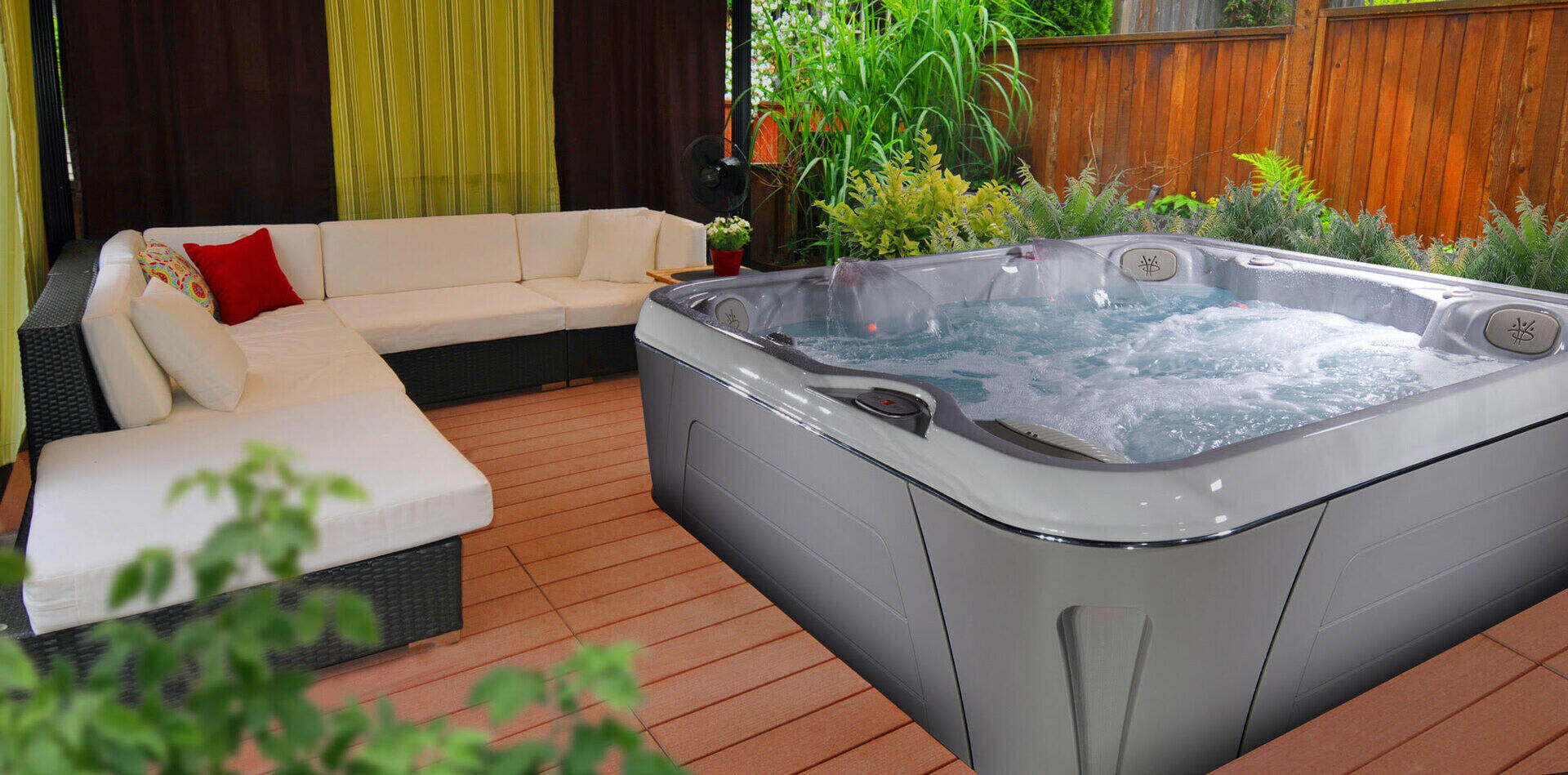
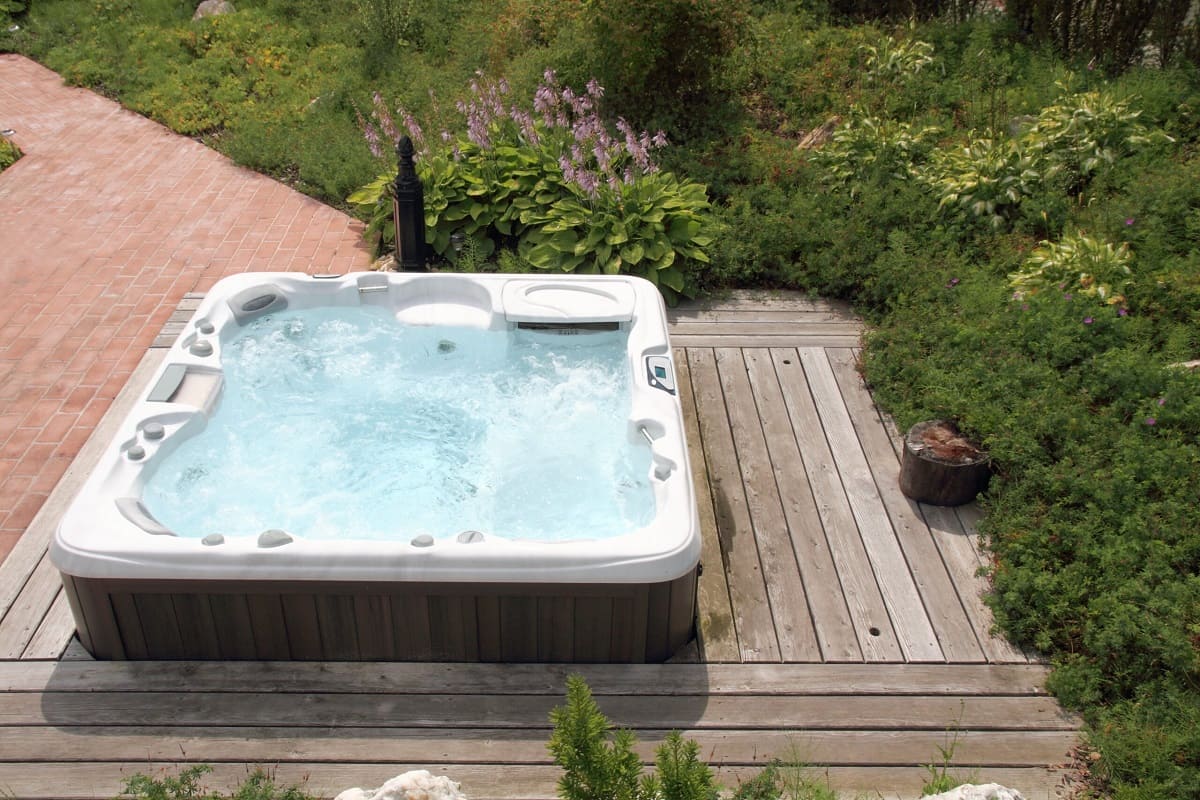
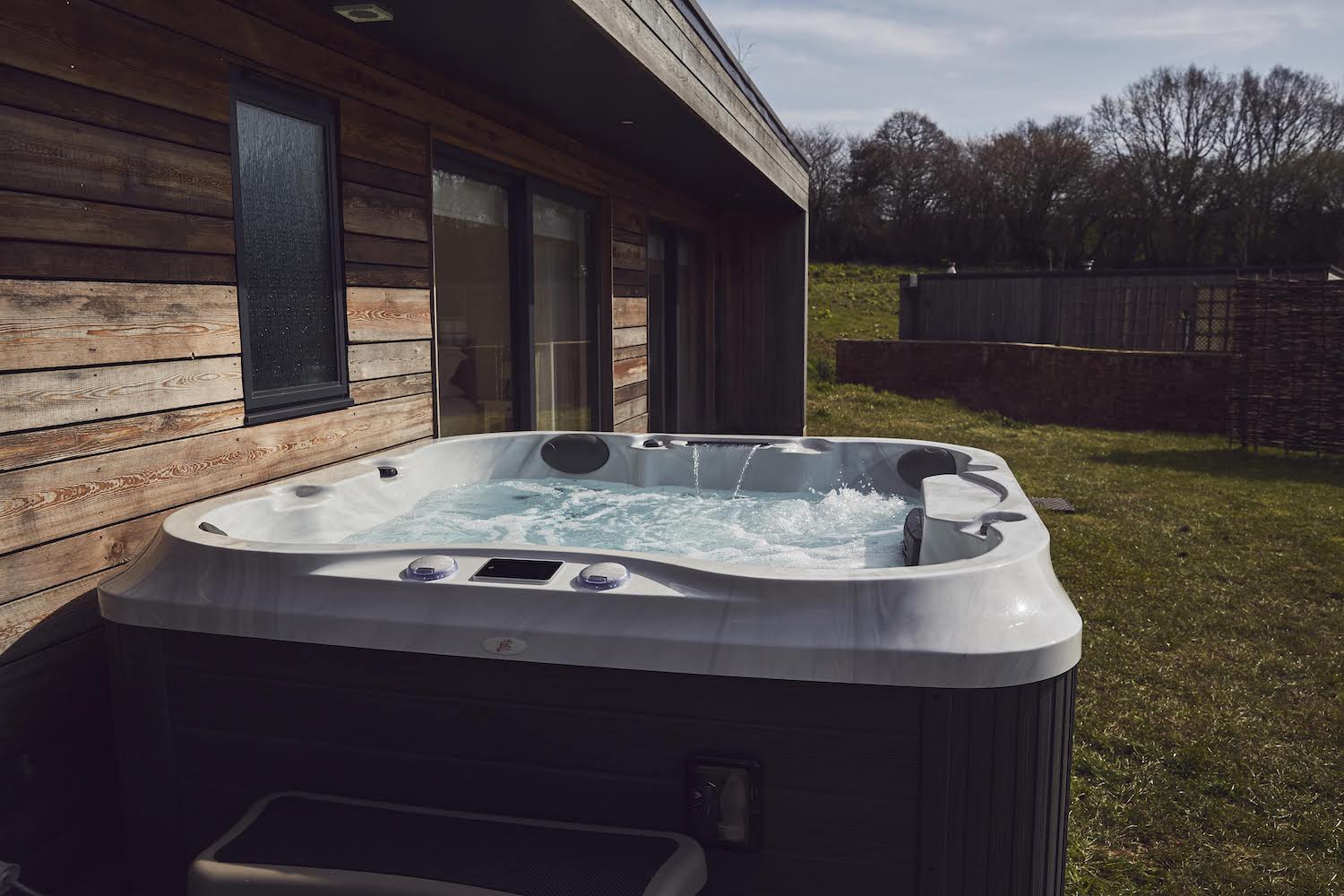
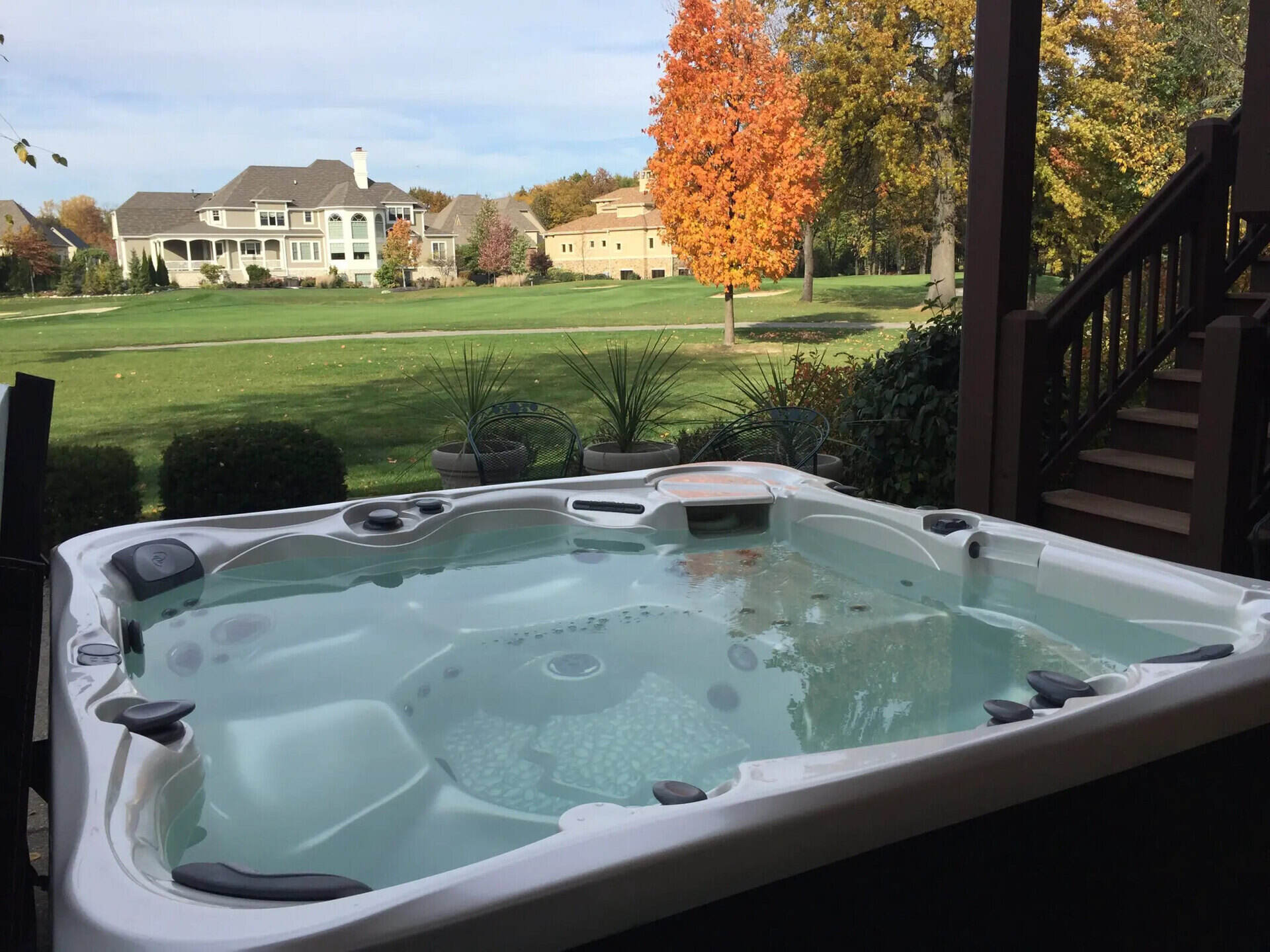
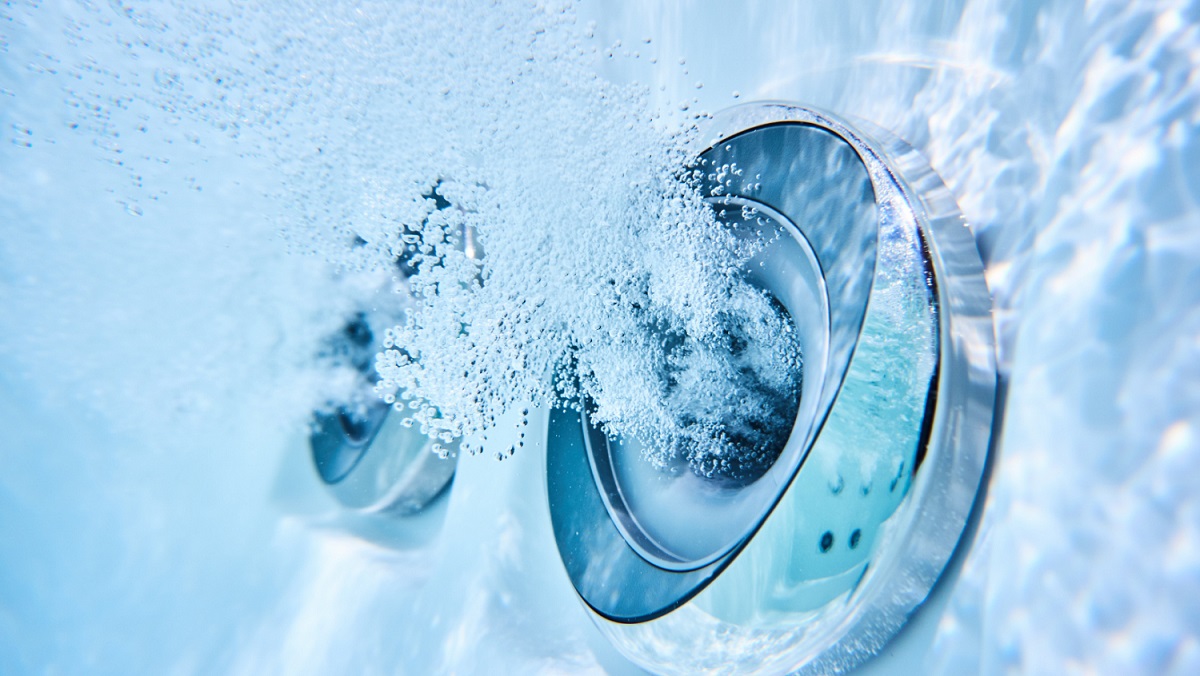
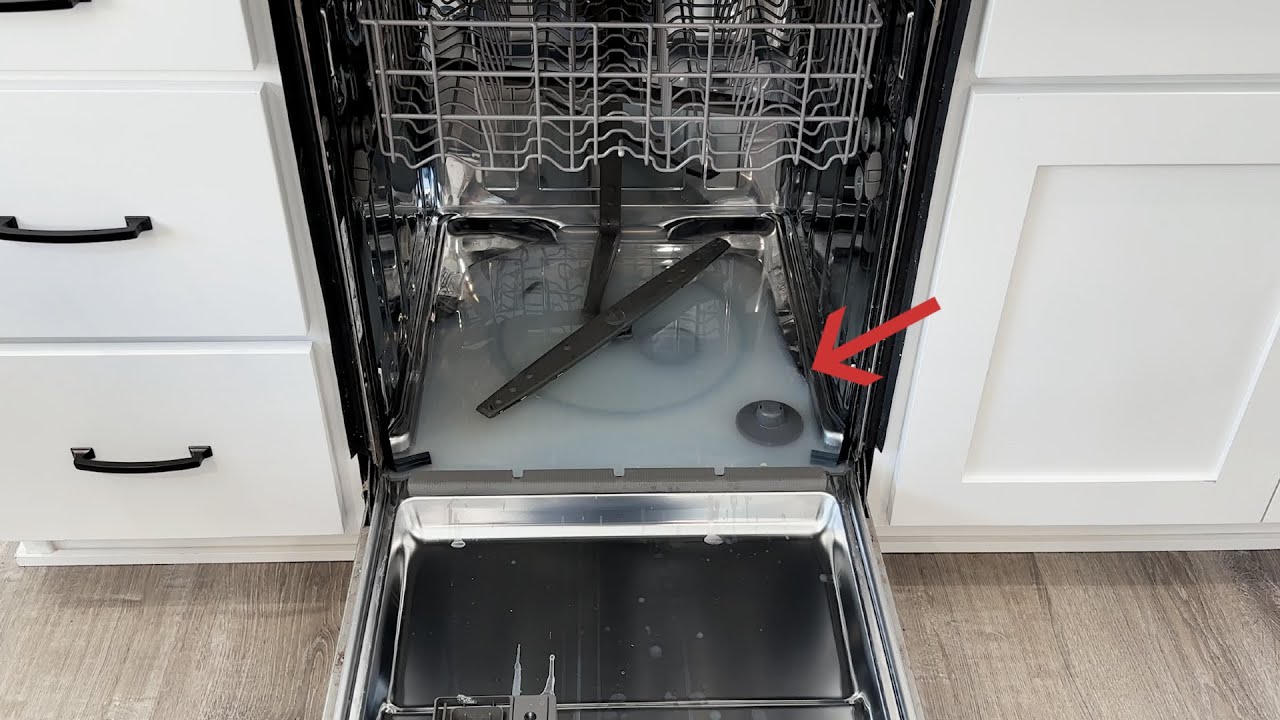
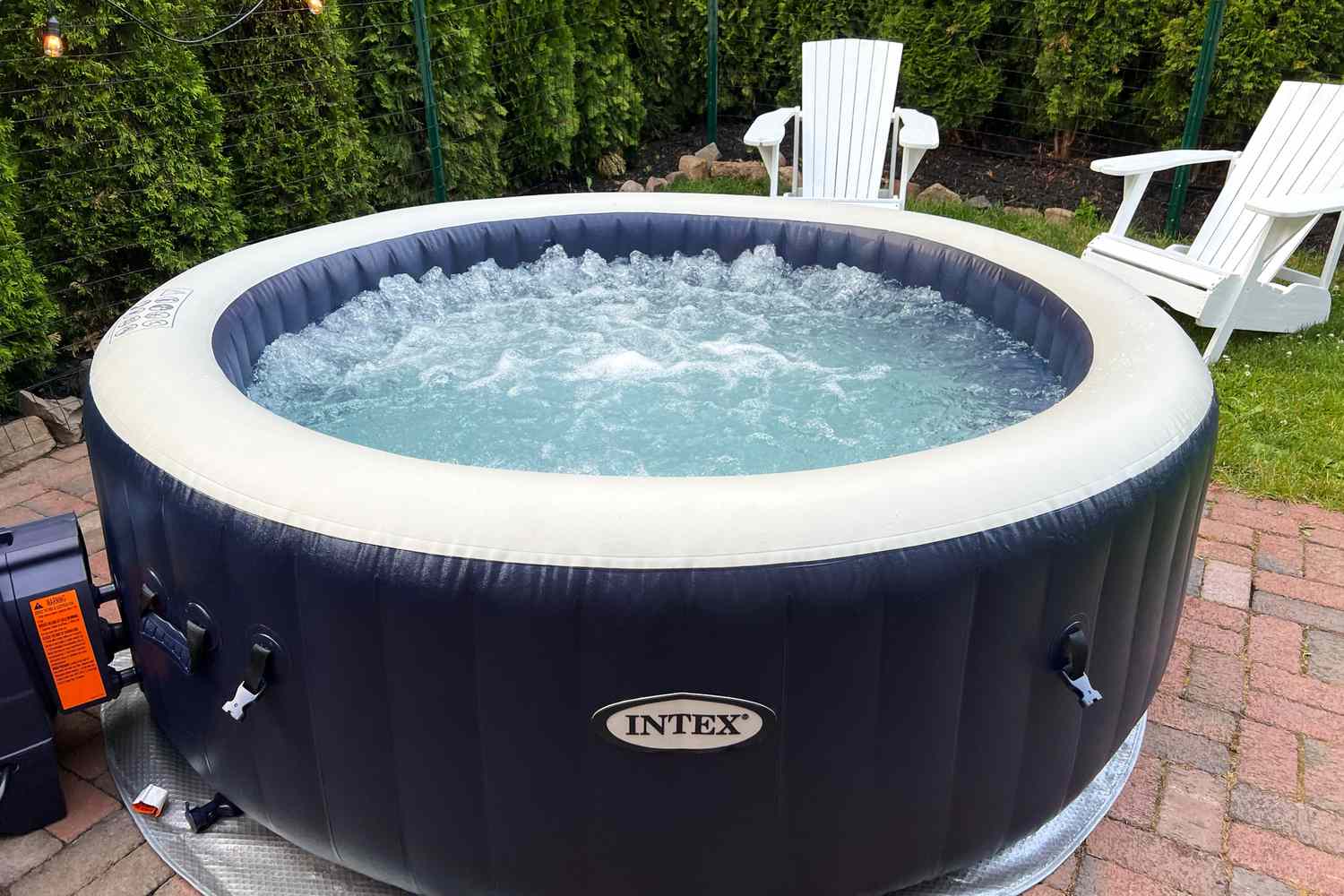
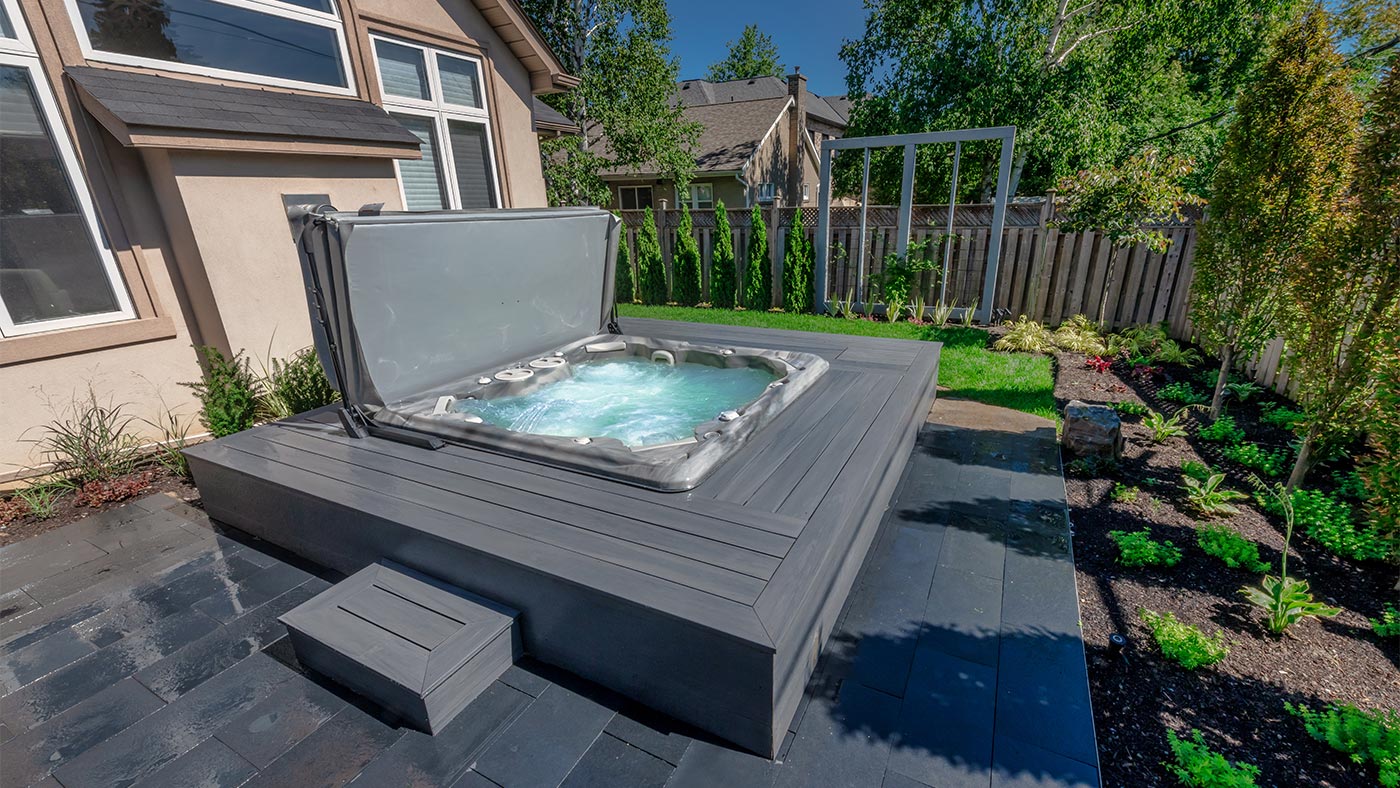
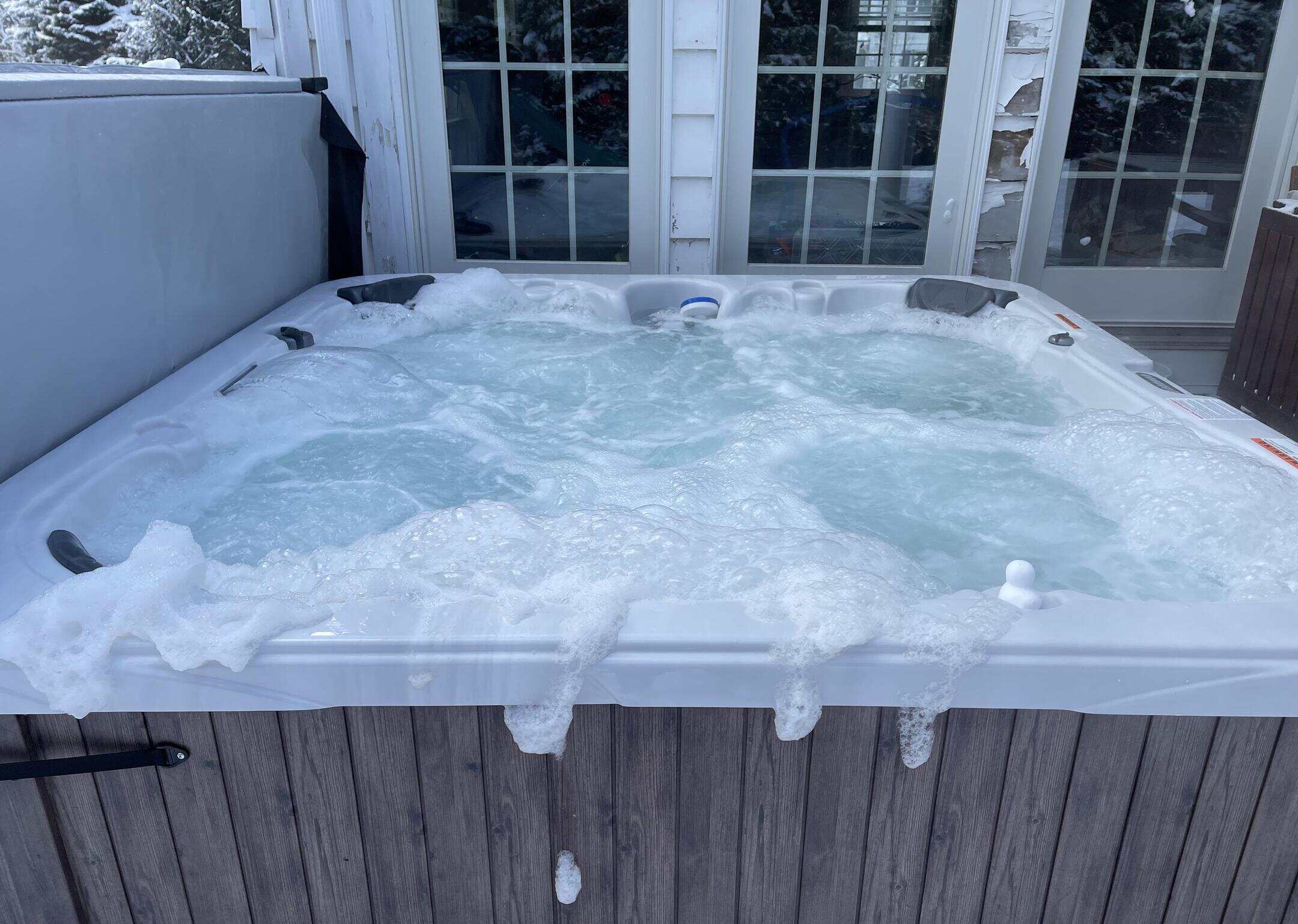
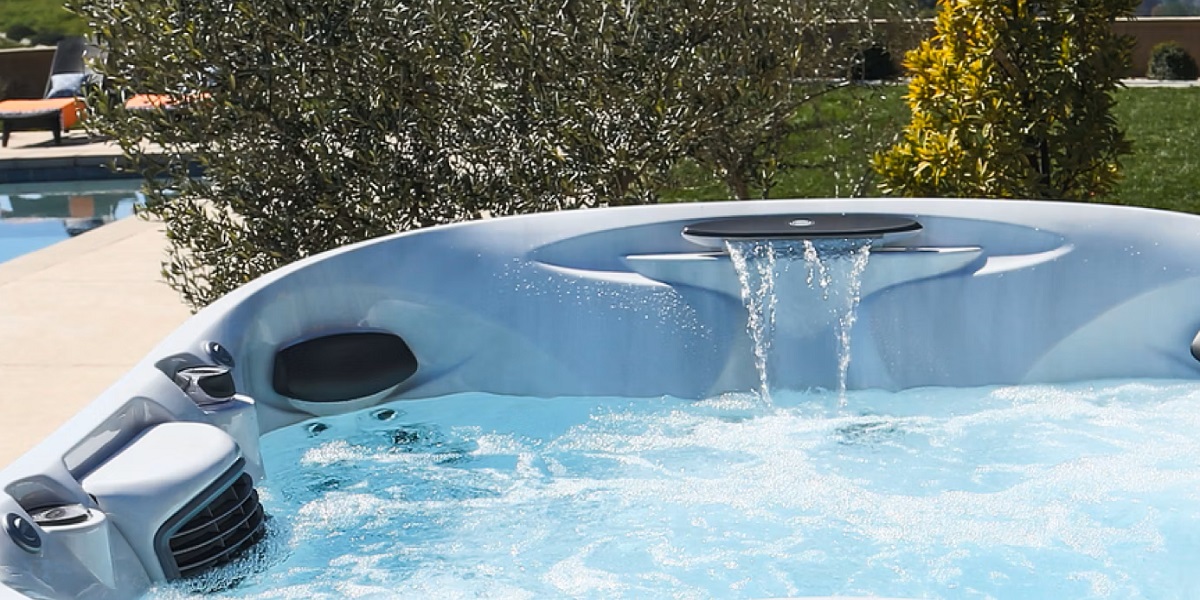
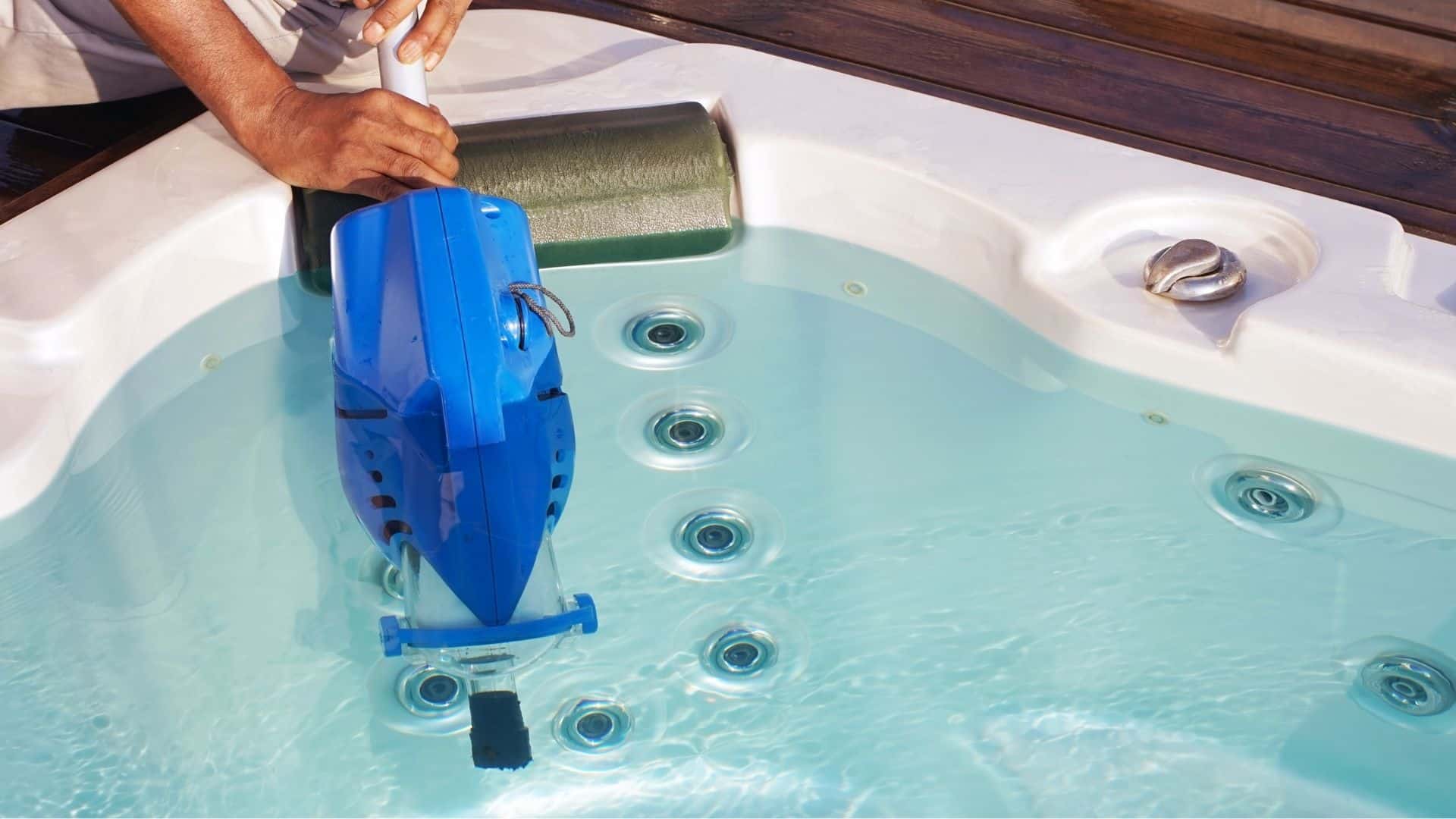
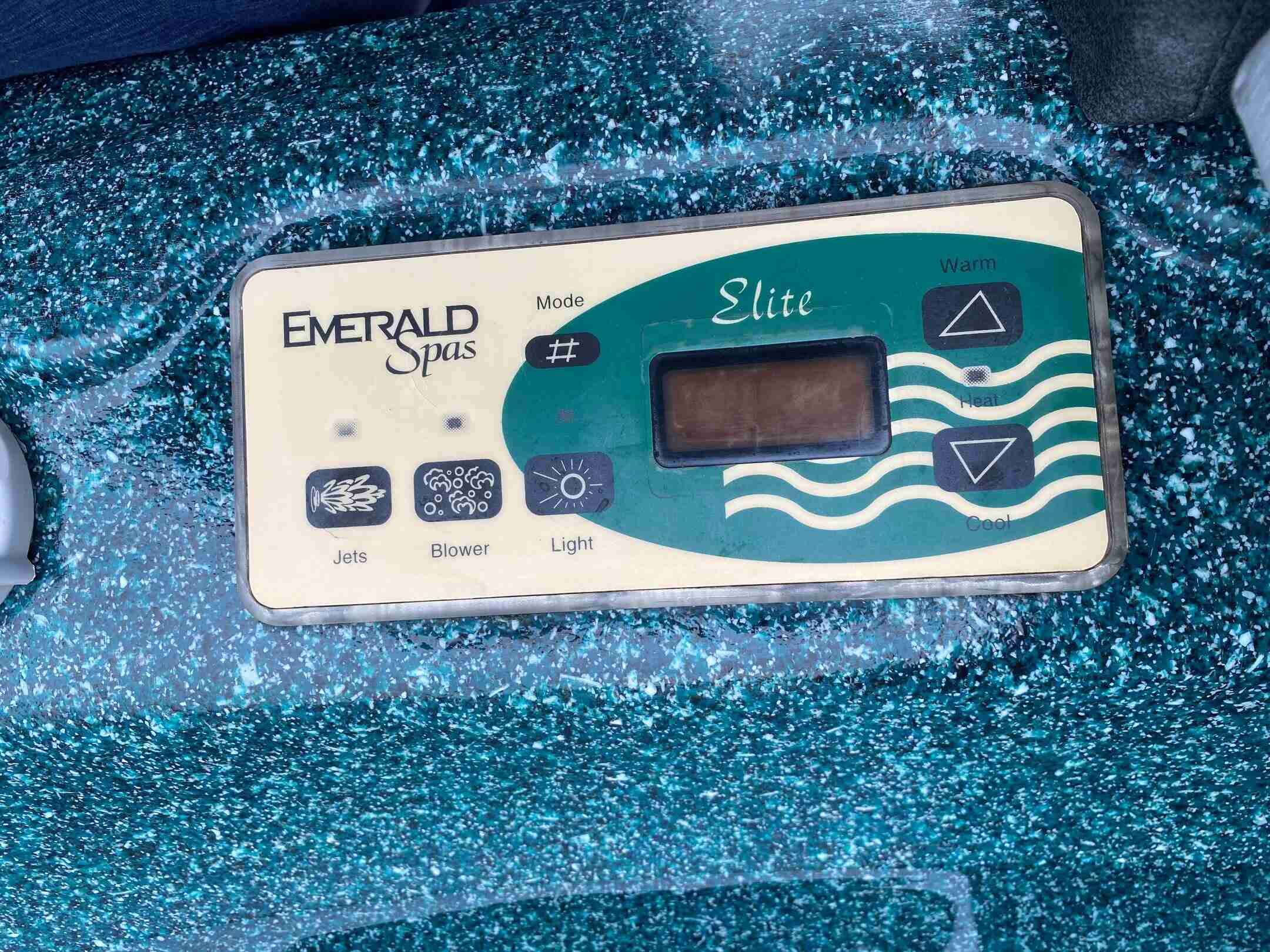
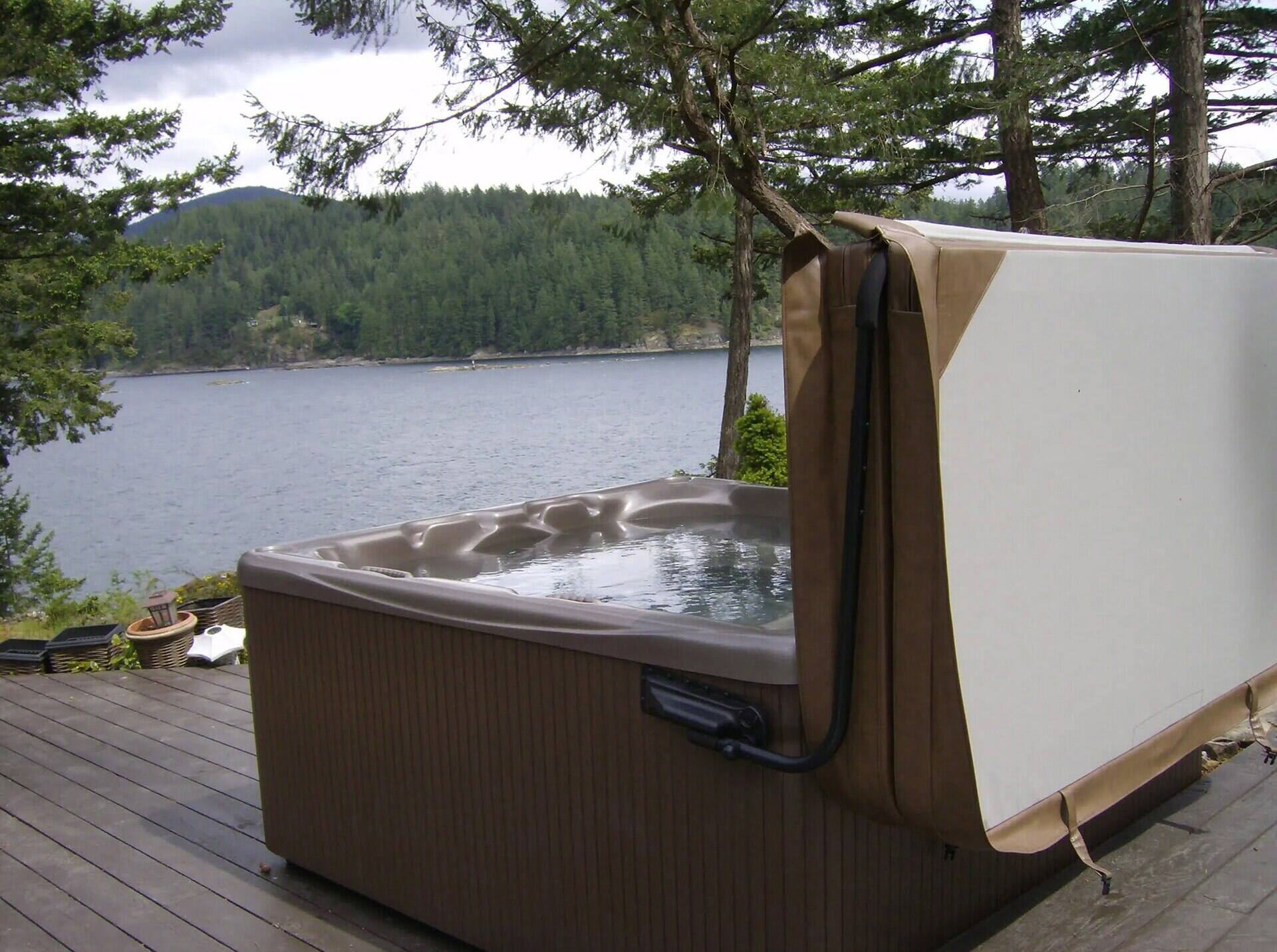


0 thoughts on “Why Is The Bottom Of My Hot Tub Slimy”